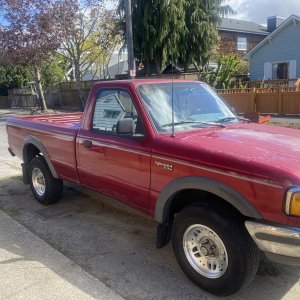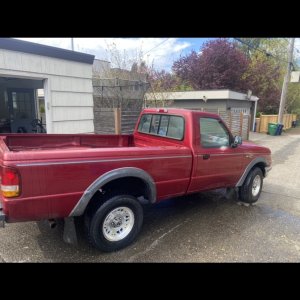TillamookB2
New Member
- Joined
- Jul 19, 2010
- Messages
- 40
- Reaction score
- 0
- Points
- 0
- Location
- Portland, Oregon
- Vehicle Year
- 1988
- Make / Model
- Ford
- Engine Size
- 2.9
- Transmission
- Manual
Before I drop this 4.0 OHV into my B2, I want to put in a freeze plug type block heater. I've never done it before. Is there a preferred method?

 I actually stick with the lower wattage ones.
I actually stick with the lower wattage ones. 












